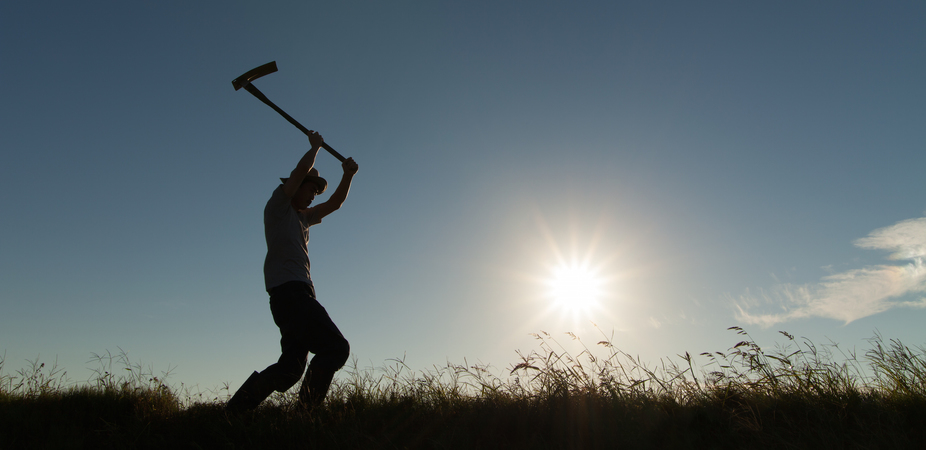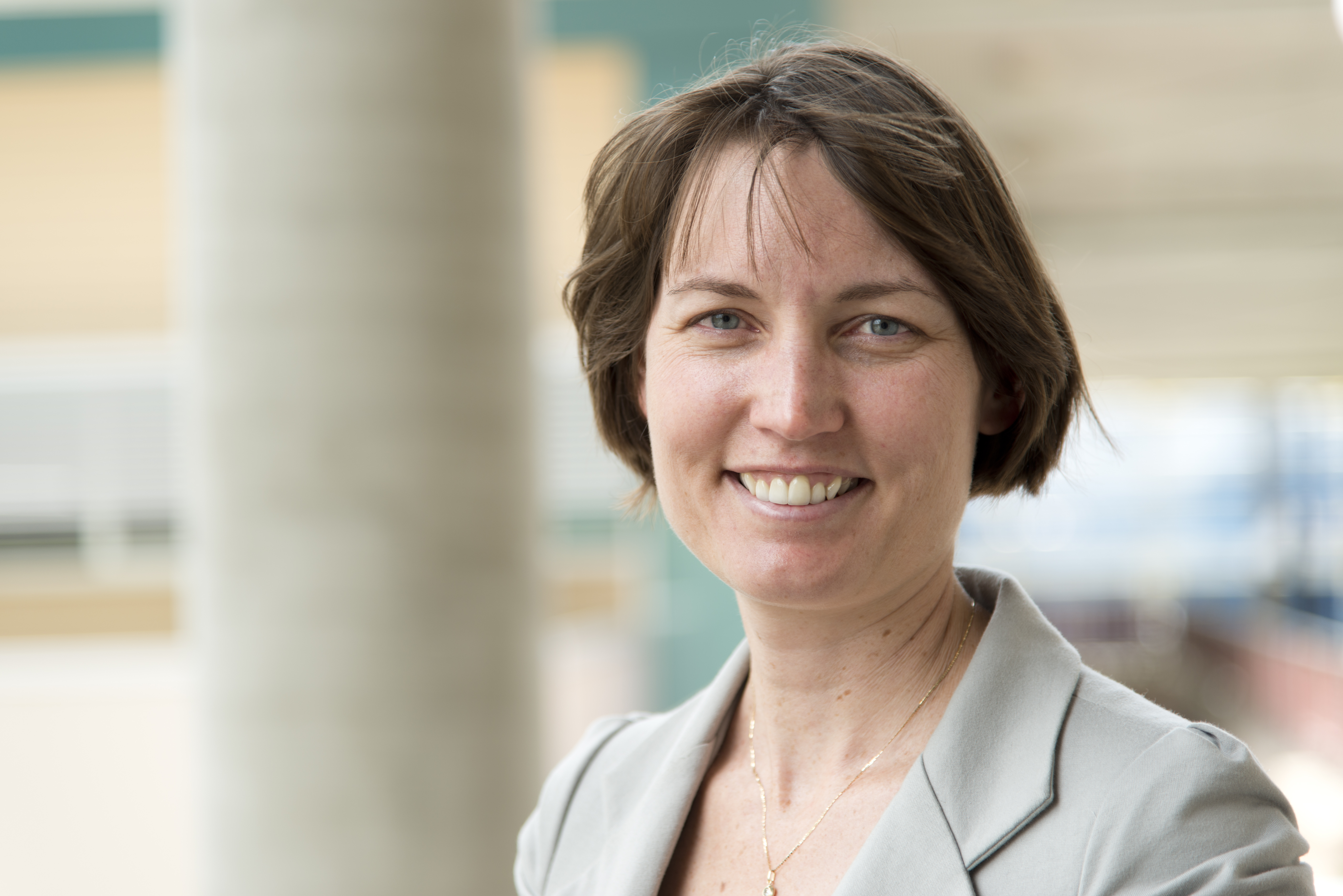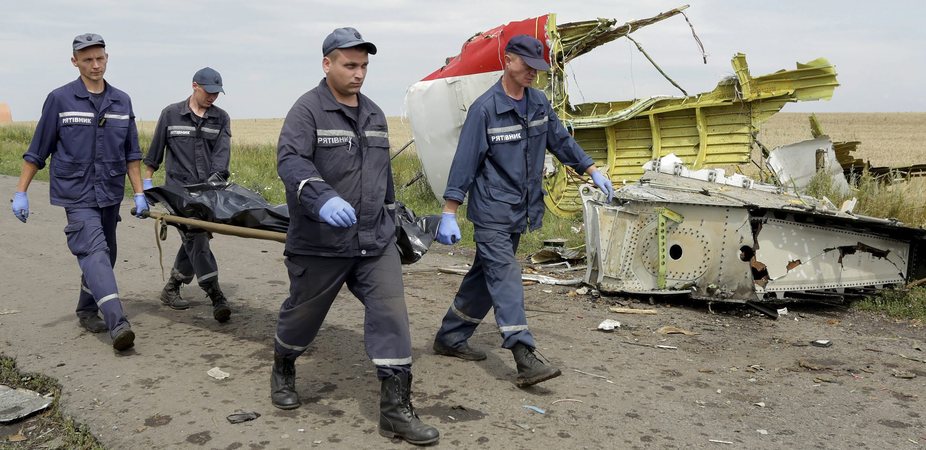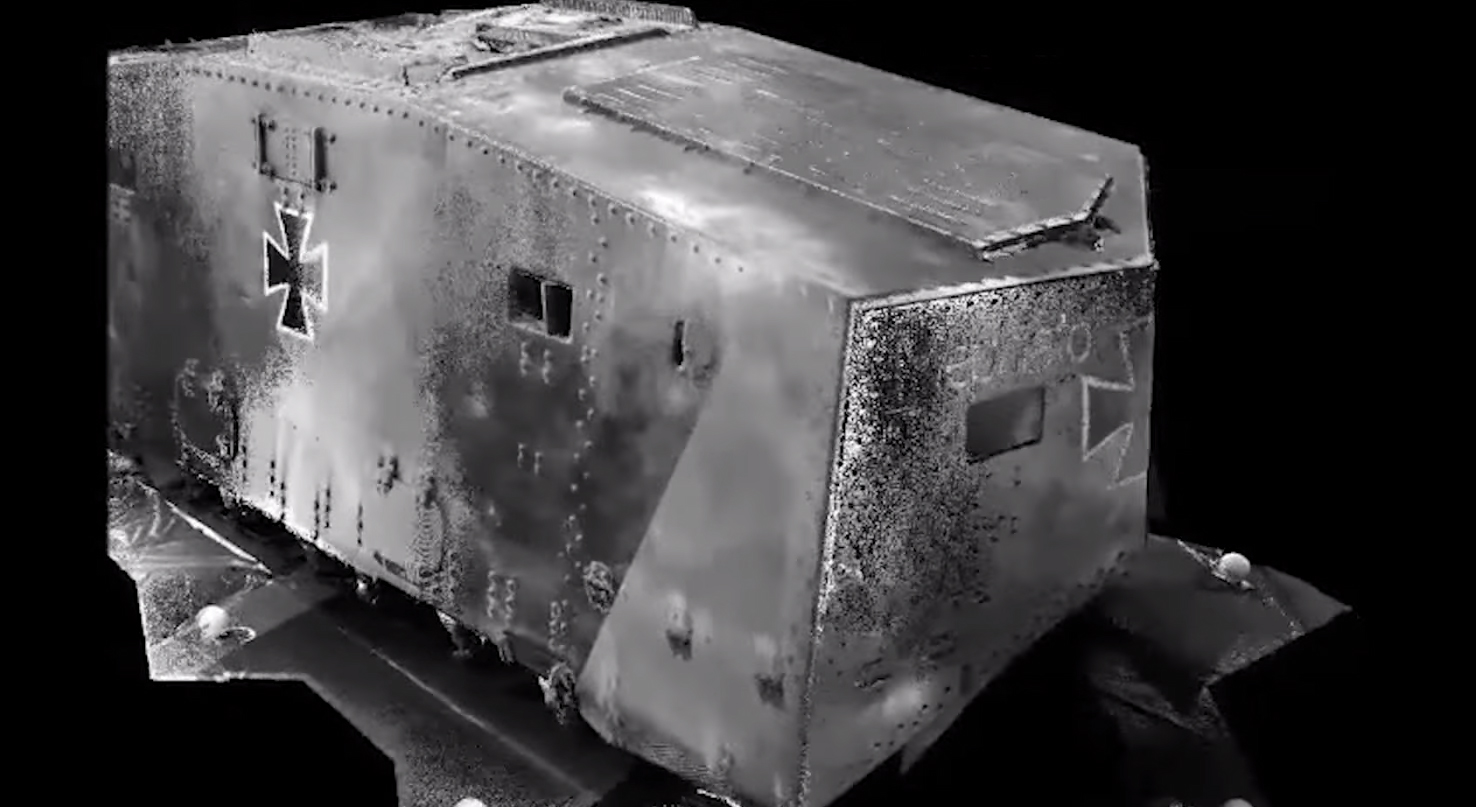As we commemorate the 100th anniversary of the landing at Anzac Cove, DNA experts are working to identify Australian soldiers who died during another World War 1 conflict.
The 1916 Battle of Fromelles in Northern France is recognised as the worst day in Australia’s military history. After just 12 hours of battle, 5,533 Australian soldiers were dead.
Now the fight is on to identify the remains of our soldiers still lying in that foreign field. At the forefront of the campaign is, Kirsty Wright, an internationally renowned DNA profiling expert and Griffith University’s Senior Lecturer in Forensic Biology.

Kirsty Wright leads a team of forensic specialists within the Australian Defence Force, who are dedicated to identifying soldiers still missing in action from World War 1, World War 2 and the Korea War. The last Australian soldier in Vietnam was brought home in 2009, but more than 35,000 remain missing in action in Europe and the Asia-Pacific region. It is the job of the Unrecovered War Casualties-Army (UWC-A) to investigate any remains which may be those of an Australian soldier, and where possible give them back their identity.
“The UWC-A is a team of really dedicated people committed to finding our lost heroes,” Kirsty said.
“The team brings together the best experts in their fields including, military investigators, historical researchers, archaeologists, forensic anthropologists, forensic dentists, forensic biologists, site managers and scene photographers.”
“They often trek into remote locations, to the sites of historical battle fields, where they unearth soldiers who have been

Image courtesy of the Australian War Memorial
undisturbed since they fell.”
Advances in forensic science are increasingly helping the UWC-A overcome two main limitations to their work; age of the remains, which in some cases are almost 100 years old; and harsh environmental factors which can result in highly degraded or only partial remains.
The Fromelles Project is just one example of how DNA evidence is being harnessed to help identify Australian soldiers from World War I. In 2009, the remains of 250 British and Australian soldiers were discovered. DNA testing provides a crucial role in this extraordinary forensic operation.
“Often close family relatives are no longer available as a DNA reference source, so we can’t use techniques that people might have seen on TV,” Kirsty said.
“Instead we use areas of DNA on the mitochondrial genome and the Y-chromosome which allow us to confirm identity through maternal and paternal relatives.”
To date, 124 Australian soldiers have been identified at Fromelles, with DNA assisting in 96 of those cases.
“I love being able to give someone back their identity, and ultimately see them returned to their family. At the same time, important information is being contributed to Australia’s military history,” Kirsty said.

Another project is focusing on the Kokoda Track in Papua New Guinea. Much of the fighting here during World War 2 was in close quarters which has resulted the remains of Japanese and Allied Forces soldiers being found in very close proximity. Mixing of military items and other artefacts can also make identifying a soldier’s origin unreliable.
Although anthropological and dental examinations have been successful in some cases, often ancestry information remains ambiguous, particularly where there are just partial remains. In these cases, DNA techniques are used.

To further advance the DNA testing capabilities, Kirsty also works with experts in ancient DNA at the Australian Centre for Ancient DNA (ACAD), University of Adelaide and the Environmental Forensics group at Griffith University.
The success of scientific breakthroughs in this field is not confined to cases from long ago. Kirsty and her colleagues at ACAD and UWC-A are regularly called upon by police to provide assistance; their knowledge and techniques being applied to difficult current cases of identification.
“Thanks to advancements in DNA technology and the research by ancient DNA labs, we can now get DNA profiles from the bones of unknown people that we once thought was impossible,’ Kirsty said.
“We can also look much deeper into someone’s DNA and start answering questions like where did this person come from, what did they look like and ultimately, who are they.
“I’m extremely proud to be involved in this cutting-edge research that is helping to advance DNA retrieval, and at the same time I have the opportunity to play my part in remembering and respecting our soldiers, laying them to rest and bringing closure to their families.”
Image courtesy of the Australian War Memorial





